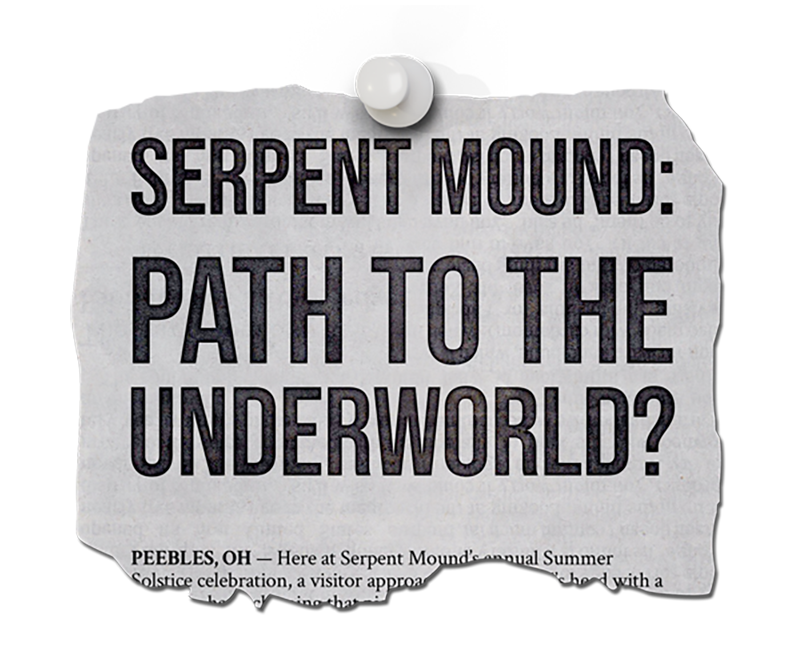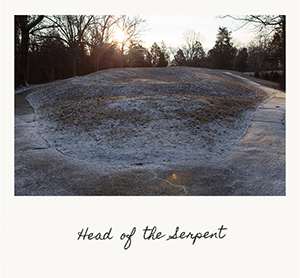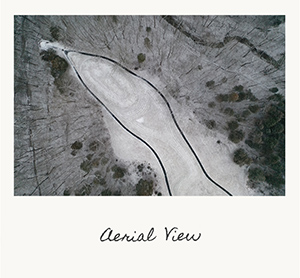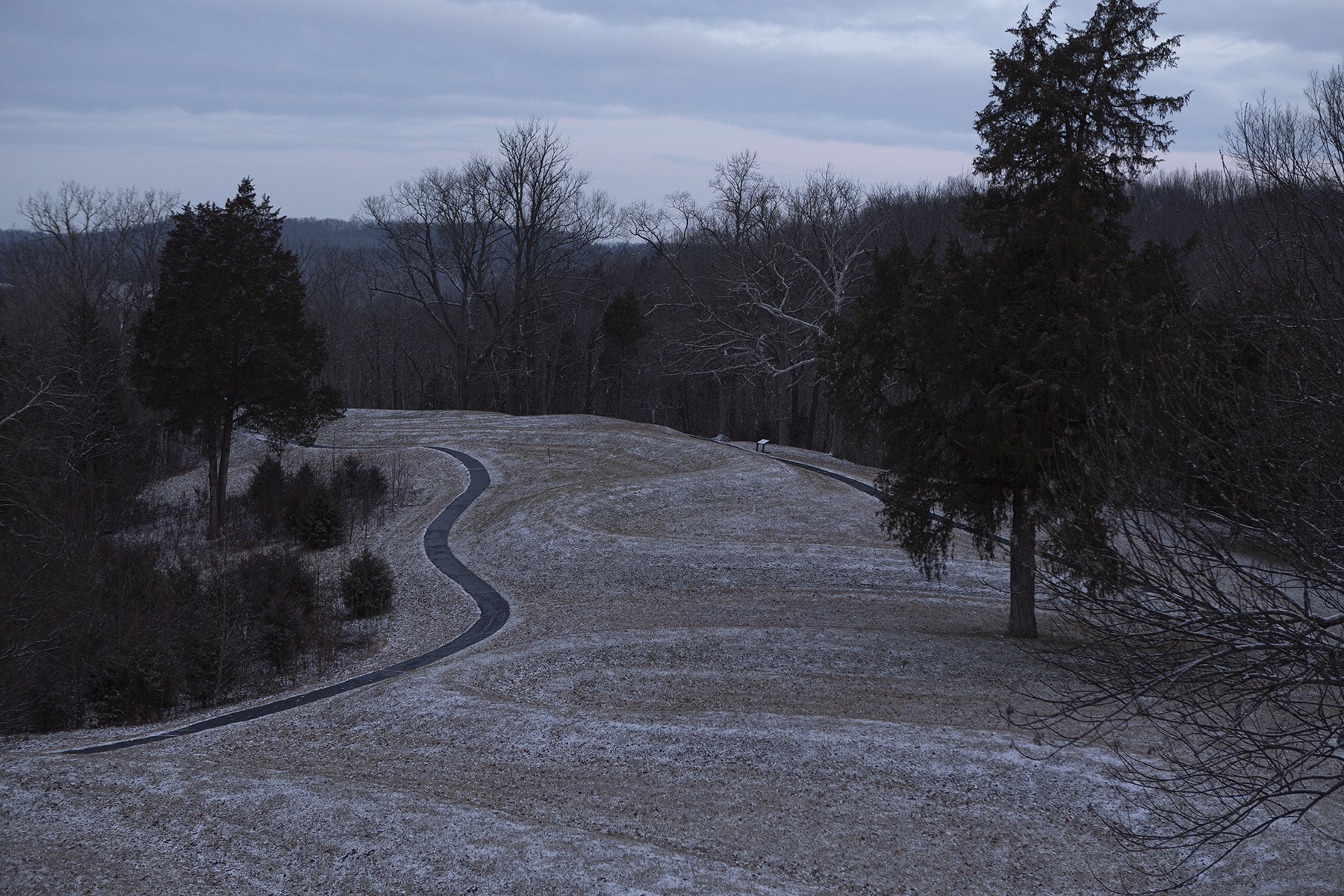
If you ever find yourself in Adam’s County, just north of Peebles, Ohio, you should take the opportunity to explore an area rich in Native American history, and home to the enigmatic Serpent Mound. Host to centuries of prehistoric intrigue, it is a beautiful earthwork structure that draws thousands of people to visit it each year. The Serpent Mound is recognized as a National Historic Landmark and is the world’s largest serpent effigy. Beth Jenkins, the History Preservation Manager at Serpent Mound State Park, calls the mound a true “Ohioan gem."
The Serpent Mound was constructed from clay, ash, and stones, then topped with a layer of soil, now covered with grass. The effigy extends an astonishing 1,376 feet in length, well over the length of 4 football fields. Much mystery remains behind who built the mound, and when it was built. The area was inhabited by both the Adena culture (1000-200 B.C.), and later by the Fort Ancient people (A.D. 1000-1750)—results of archeological studies have yet to produce a definitive answer as to which group may have been responsible for the primary construction.

The Serpent's open mouth is wrapped around a large oval; what the oval is meant to represent is up for interpretation - the most common beliefs are that it is an egg, the sun, or the Earth. Photo by Haiyun Jiang.

A bird's eye view of the head of Serpent Mound after a snow shower. The Serpent Mound remains closed to the public in the winter months, and reopens in March. Photo by Nick Bolin.
The mound has been theorized to be of astronomical significance to its constructors. The head of the serpent aligns with the sunset of the summer solstice while the tail aligns with the winter solstice. Moving from the head to the tail, the three curves in the serpent’s body align with the sunrise of the summer solstice, the autumn equinox, and spring equinox respectively.
The Serpent & The Sun

In 1848, the Serpent Mound was surveyed by E. G. Squire and Edwin Davis while conducting research for the recently founded Smithsonian Institution, which they compiled into their book, Ancient Monuments of the Mississippi Valley, a study of documented mounds and architecture created by prehistoric indigenous cultures.
At the time of their survey, much of the area was being used as farmland. Many mounds had been damaged or destroyed by farming and treasure hunting. In 1886 Fredrick Ward Putnam, an American anthropologist who built his career on studying prehistoric Ohio mounds, began efforts to restore and preserve the Serpent Mound and several adjacent mounds by buying much of the land containing and surrounding the sites. For a time, the land was owned by Harvard University and then later gifted to the state of Ohio. In 1967 the Ohio Historical Society opened a Serpent Mound museum near the mound. They also established the path around the outside of the mound, so that all who traveled to visit the structure could have access to it.

There are winding, narrow paths that follow the shape of the serpent around the Mound to enable visitors to get a good look at the serpent. Photo by Haiyun Jiang.
The Serpent Mound is a global sensation that has been the subject of many a history book, class, and lecture, inciting the curiosity of people around the world. Those attracted to the visit the effigy are all intrigued by something different. Many are captivated by the mystery and the historical significance, while others are drawn by a spiritual or mystical connection. “We really don’t know, and that’s what brings people here,” says Beth Jenkins. “Visitors feel such a connection to the site that they want to pay their respects with handmade offerings and gifts.”
Regardless, the site is a celebration of prehistoric craftsmanship and the beauty of nature coming together as one perfectly to create a vision of awe for onlookers. Visitors are forbidden to walk on top of the earthworks, but encouraged to utilize the path surrounding the effigy, or enjoy the bird’s eye view offered by the park’s observation tower.